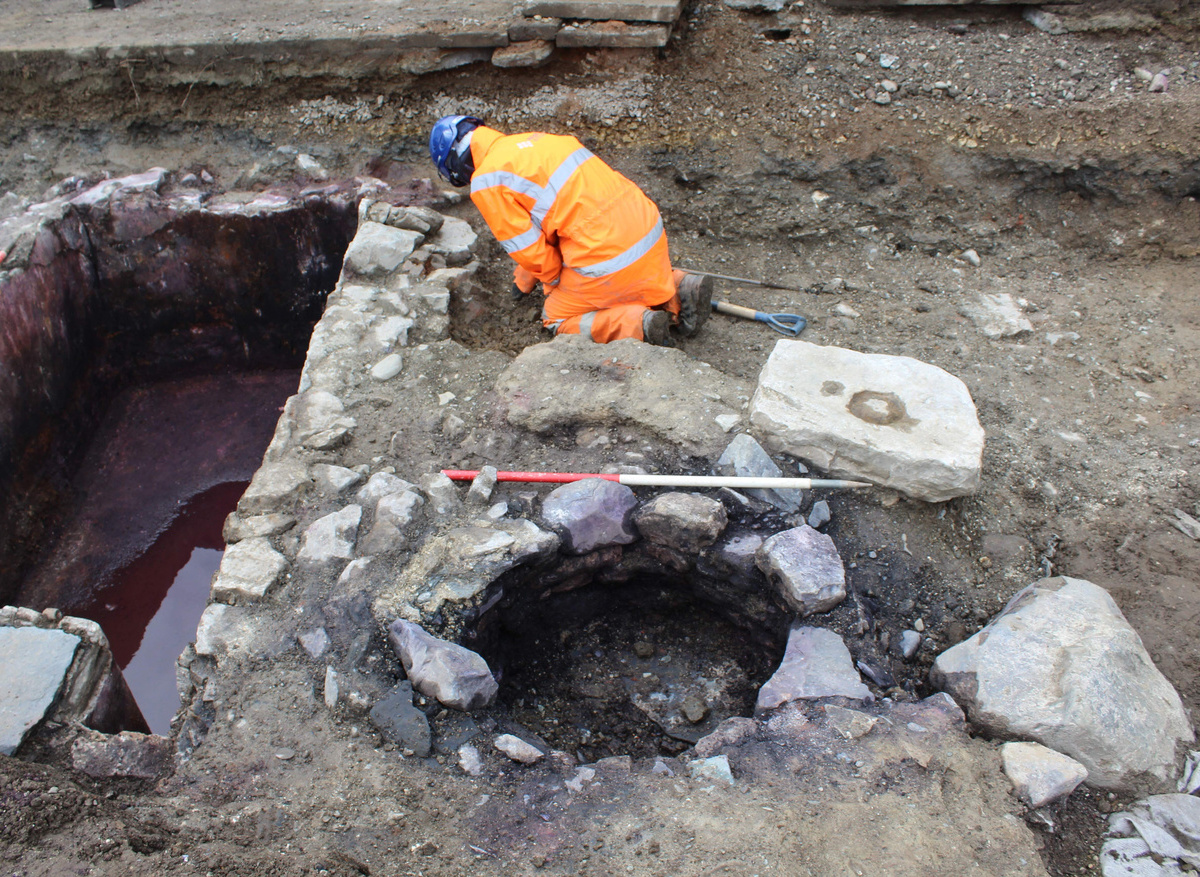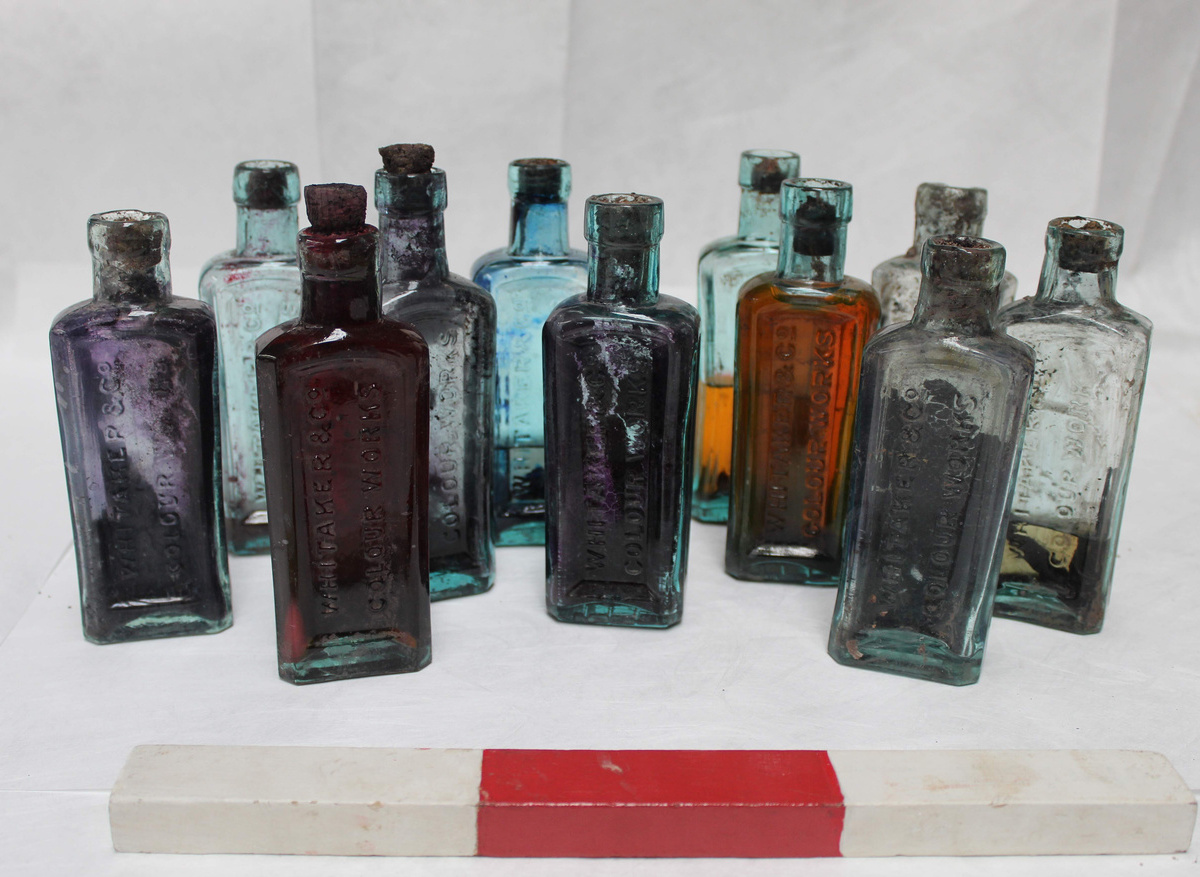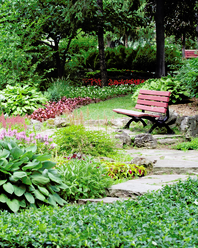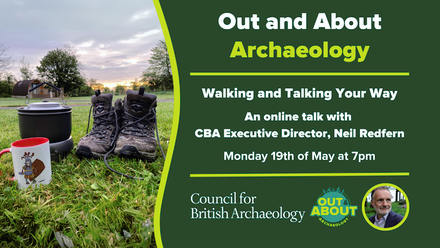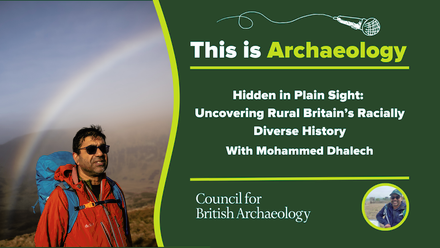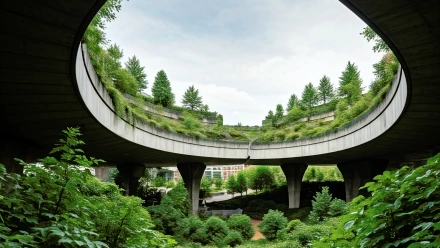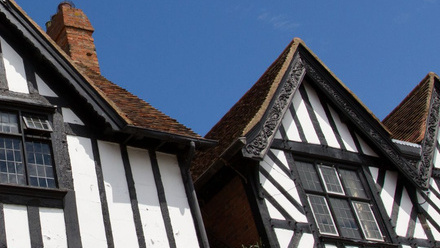This account is based on my experiences working as an Environment Agency archaeologist for the last four years. As the name suggests, the Environment Agency has a variety of responsibilities, but, in a world dominated by the climate crisis, it is our role in the management of flood risk that occupies much of my time.
As an archaeologist I’m involved in the management of archaeological risk on schemes, informing the design process, advising on appropriate mitigation and identifying broader opportunities to enhance our historic environment. I also have a duty to make sure the results of any archaeology we do are publicly accessible – in effect to take the evidence we find and tell a story with it. And here I’m going to step back to paraphrase Paul Bahn (in the Bluffers Guide to Archaeology) where he suggests that archaeology is like a vast, fiendish jigsaw puzzle: one where you’ve lost most of the pieces but can’t cheat and look at the box. And just to make things that bit harder, this puzzle has layers of complexity being added (and lost) on an hourly basis. As archaeologists, we are drawn to and often infuriated by this puzzle. Nevertheless, it is incredibly important. It tells us a bit about who we are and why we are here, it reminds us that our past influences the present which in turn informs our future. It is our job as archaeologists to take those disparate puzzle pieces and tell a story while remembering that ours is not THE story, but rather an interpretation of the puzzle.
So how does Bahn’s jigsaw puzzle metaphor relate to my ‘Day in Archaeology’? I’m going to tell you about a flood defence scheme in Kendal and how our work as archaeologists can affect people and invite them to tell their own stories… Towards the end of 2015, Storm Desmond ravaged Northern England; in Kendal alone, approximately 2,150 homes and businesses were flooded. We are now building the first phase of Kendal’s flood defence through the sensitive historic core of the town. While we’re not sure when Kendal was founded (one of those missing puzzle pieces) we do think it developed before the Norman Conquest – the earliest evidence comes from Kendal’s Holy Trinity Church (AD1232). In spite of the flood risk, Kendal was founded by a river; the benefits afforded by this location (e.g. nourishment, sanitation, power, water as an ‘industrial’ component and general economic reasons) outweigh the flood risk, and the town prospered. In 2021, our archaeologists were investigating Kendal’s industrial heritage along the town's riverside frontage when they encountered a small stone structure and nearby what looked to be a well. A number of intact bottles (see plate 1) were recovered from the stone structure, while ‘purplish’ deposits were encountered in the well. The bottles were stamped ‘Whittaker & Co. Colourworks‘, a small local dye maker. Their small size suggested a possible domestic use and some were still corked and contained a purplish-coloured liquid – possibly the remnants of a dye.There was a concern that the well deposit could contain contaminants and so samples were taken, not only for archaeological purposes but to determine its constituents. After our investigation was complete the area was backfilled and, once it was confirmed what the well deposits were and that our flood defence would not impact the well, this heritage asset was preserved in situ. Whittaker & Co. is recorded in 19th-century trade directories and while the presence of dye bottles was interesting it was not unexpected given Kendal’s long association with woollen textiles.
What was of note were the stories told to our archaeologists by Kendalians who witnessed their work. They remembered a shop in the area that sold dyes and how their grandmothers took their old straw hats to be freshly dyed every Spring (recycling is not a new thing). Our work had fired people’s imaginations, prompting them to reconnect with an intensely personal past and in order to tell us a story. This can be the power of archaeology – not us imposing a story on people, rather our work inviting others to tell their own stories and those of their community. Since that day in Kendal we have commissioned a local artist to work with town residents to draw out stories of heritage and the environment; this has influenced a local exhibition called ‘Sound to Stone’. We have completed our excavations along the riverside and the flood defence is nearly finished. We will undertake more detailed documentary research and, it is hoped, have further discussions with Kendalians.
Our work in Kendal is creating new and engaging stories for the community while securing a safer future for this historic Cumbrian town.
Contact details
Stephen Dean
Environment Agency

